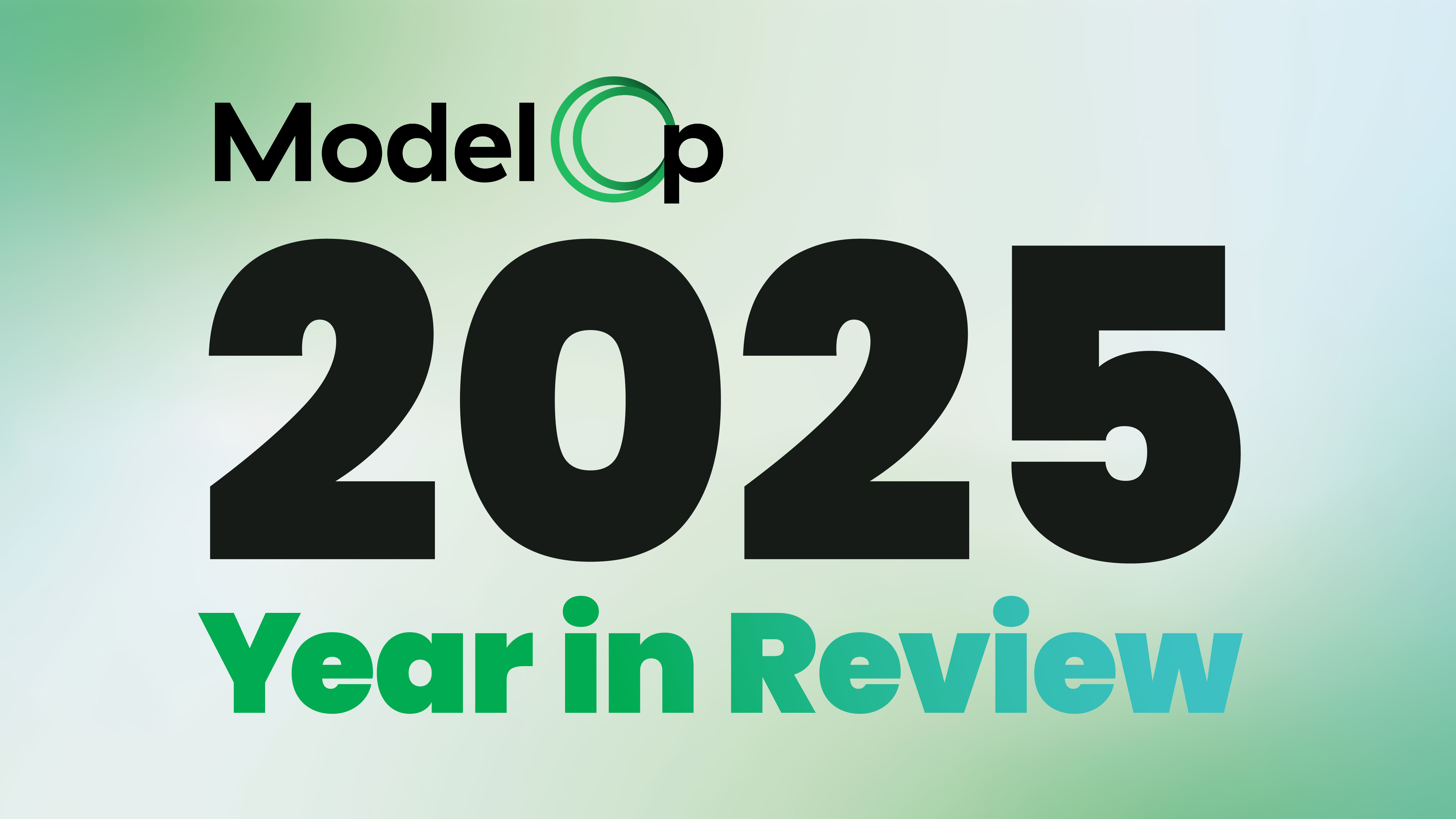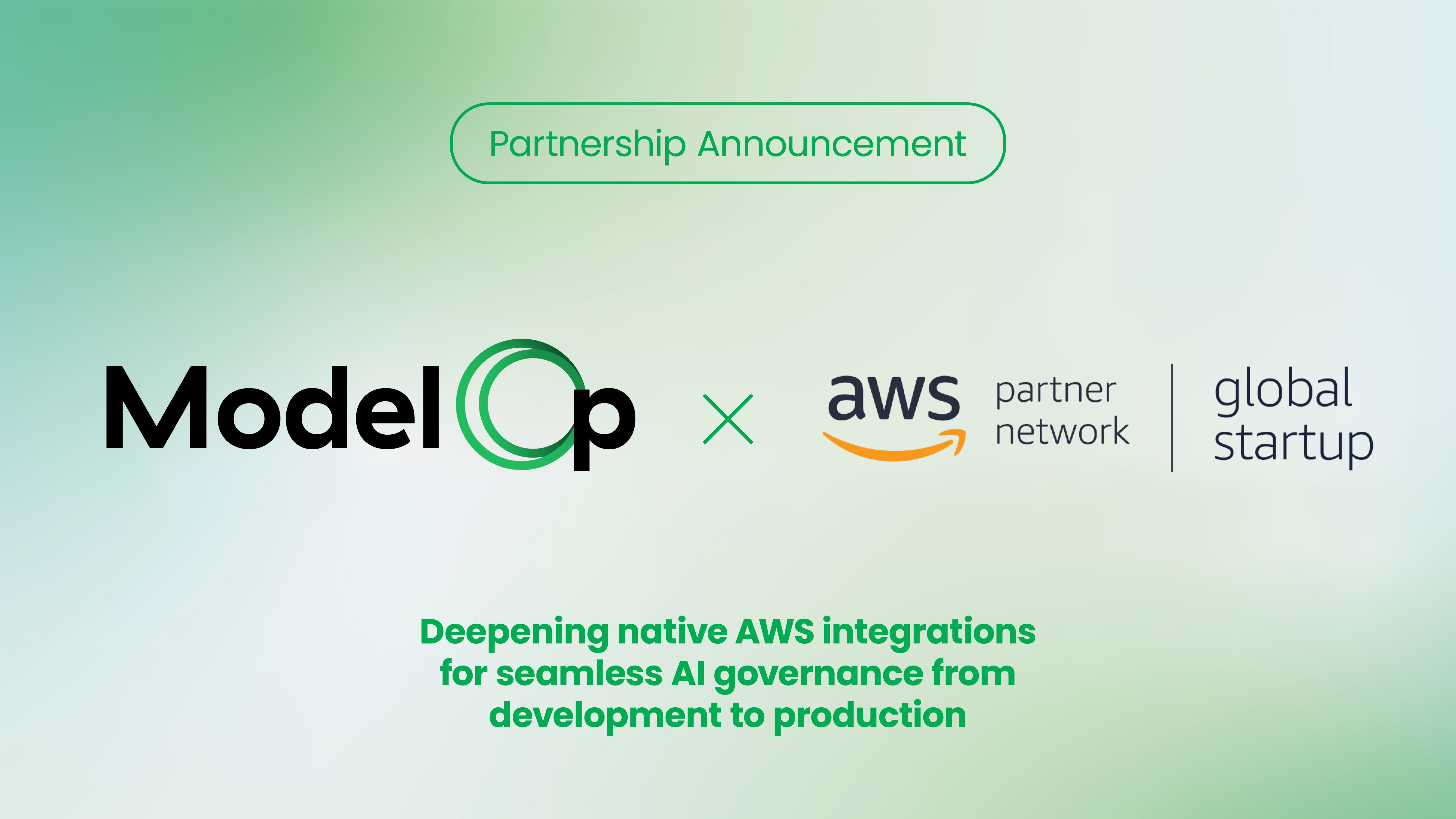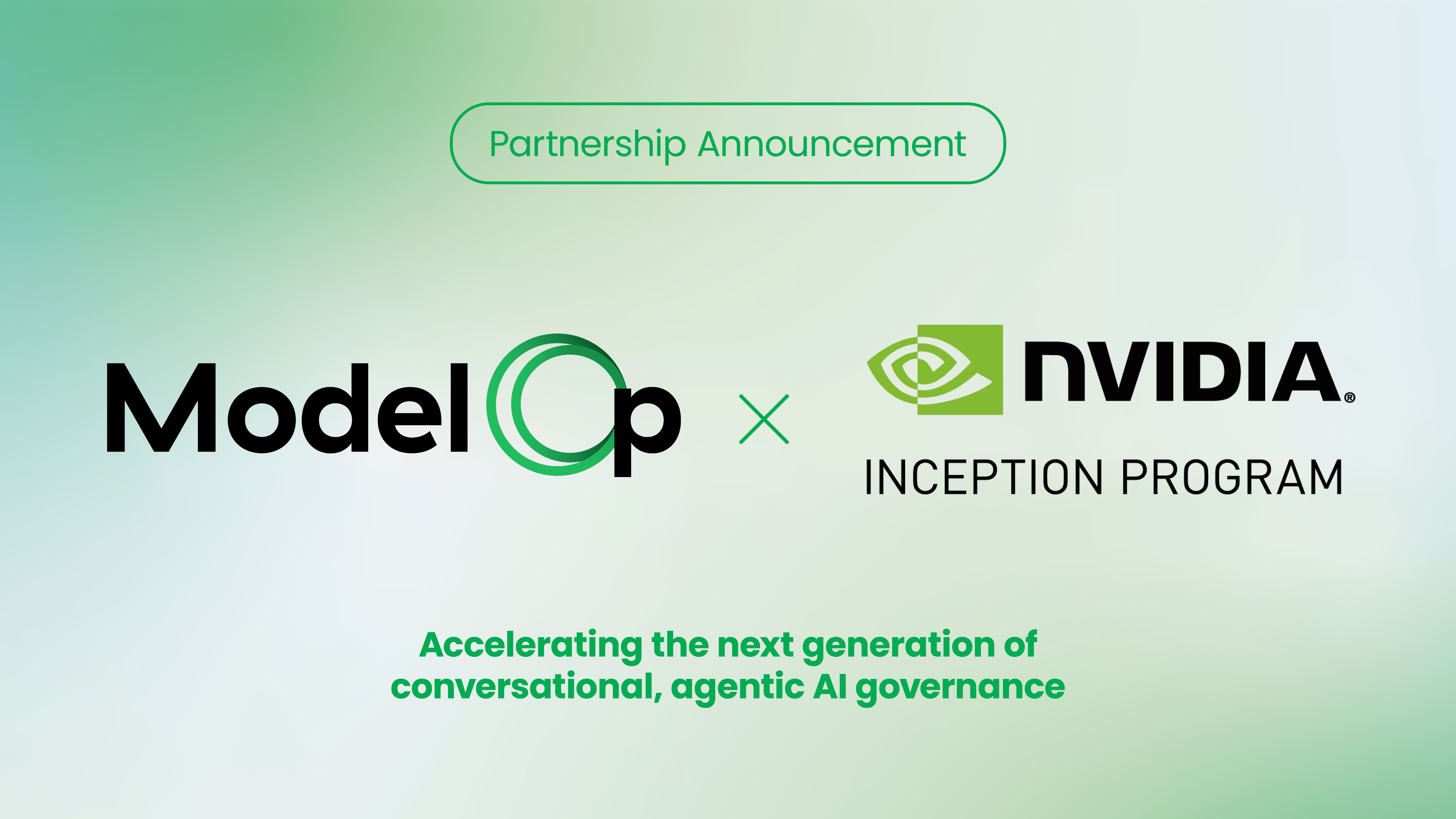
Here at Open Data Group, we’re big proponents of delivering software and models as containerized microservices. In fact, it’s a core part of our value proposition! Because we find ourselves doing this a lot, our team has standardized around a systematic approach using existing tooling to allow us to rapidly prototype and develop production-grade containerized applications. In this blog post, I’ll talk about three parts to this approach, specifically focusing on applications implemented in Go.
Why Go? In this post, I’m going to specifically focus on the most common subset of containerized microservices: lightweight, restricted-functionality webservers implementing a RESTful API. From Python to Erlang, just about every language has a great framework for easily building out a server. Go, however, has a couple of features that make it a particularly appealing choice of language for a production-grade containerized microservice:
A very strong standard library as well as a rich ecosystem of community packages Highly performant, simple to use concurrency abstractions The ability to easily generate statically linked binaries The last point is especially valuable when targeting Docker as the code deployment mechanism.
A Step-By-Step guide to building a RESTful microservice In contrast to some traditional development patterns, when building out a RESTful microservice at Open Data Group, we like to take an “outside in” approach. By this I mean that we start by designing the REST API of the service we’re building, then generate a server stub, and finally start filling out the “inside” (i.e. implementing the underlying functionality). There’s two reasons for this approach:
Most RESTful microservices do not exist in isolation: by beginning with an interface definition, development of and integration with other components can be done in parallel. And, because the server stub can be rapidly generated from that interface definition, we can naturally apply a test-driven development methodology to guide and check the ultimate implementation of the underlying functionality. In general, interfaces tend to be longer-lived than the innards of the service: other services or client applications may depend on functionality defined in that particular interface, so by starting with the interface design we ensure that we’re focusing our attention first on what is generally the most critical part of the application. Additionally, we leverage a standard, language-neutral format for defining our API specifications: OpenAPI (formerly known as Swagger). OpenAPI is designed and guided by Swagger, who also publishes a number of tools for working with these API specs. The OpenAPI specification is sufficiently general to capture most of the functionality we’ve ever been interested in implementing. In my experience, it is particularly well-suited to describing API calls where the request or response are encoded as JSON objects; it can be a little more cumbersome for edge cases where the request encoding doesn’t map to JSON or YAML.
Here’s an example OpenAPI specification for a very simple microservice (stolen from [one of our tutorials](/Knowledge Center/Tutorials/A Simple Microservice/)):
swagger: "2.0"
info:
description: "An example FastScore microservice."
version: "0.1"
title: "My FastScore Microservice"
paths:
/:
get:
produces:
- text/html
operationId: get_index
responses:
200:
description: Returns the Dashboard homepage.
schema: { type: string }
/{engine}/model:
get:
parameters:
- name: engine
description: The name of the engine instance
type: string
in: path
required: true
produces:
- application/json
operationId: get_model
responses:
200:
description: Returns a description of the currently running model.
schema: { type: object }
Generating a server stub Swagger provides a number of tools for working with OpenAPI specifications, including one called swagger-codegen, which can take in an API specification and generate client and server stubs. However, the official swagger-codegen has a few issues with its Go support, so instead we use the Go package go-swagger.
To generate a server stub with go-swagger, just run swagger generate server -f api.yaml This will spit out a few different directories:
cmd, whose subdirectory contains the main entrypoint models, which contains definitions for all of the types used in your API restapi, which contains the actual API implementation. For convenience, let’s assume that the name of our microservice is myservice. Of these, at a minimum the two files we need to edit are main.go, located in cmd/myservice-server, and configure_myservice.go, located in restapi.
The latter of these files we need to edit to implement the actual functionality of our service. This consists of filling out the various API functions defined in this file (the functions named api.NameOfOperation) and replacing the middleware.NotImplemented(...) return values to appropriate returns for the outcomes of the functions. A typical “filled out” API function will look something like:
api.NameOfOperation = operations.NameOfOperationFunc(func(params operations.NameOfOperationParams) middleware.Responder {where
result := DoSomething(params.Parameter1, params.Parameter2)
return operations.NewNameOfOperationOK().WithPayload(result)
})NameOfOperation is the name of the operation defined in the OpenAPI spec,Parameter1 and Parameter2 are two of the defined inputs for that function,result is an appropriate response for this API call, and DoSomething is
the actual “under the hood” function that should be called.
Once this is done, you can build and run your server by navigating to thecmd/myservice-server directory and running go install, and then running
(for example)
If all goes well, you’ll see a log message that you’re now serving
your API at port 8080 on your local machine, and you should be able to
connect to it from other machines.
api.NameOfOperation = operations.NameOfOperationFunc(func(params operations.NameOfOperationParams) middleware.Responder {
result := DoSomething(params.Parameter1, params.Parameter2)
return operations.NewNameOfOperationOK().WithPayload(result)
})
where NameOfOperation is the name of the operation defined in the OpenAPI spec, Parameter1 and Parameter2 are two of the defined inputs for that function, result is an appropriate response for this API call, and DoSomething is the actual “under the hood” function that should be called.
Once this is done, you can build and run your server by navigating to the cmd/myservice-server directory and running go install, and then running (for example)
./myservice-server --tls-host=0.0.0.0 --tls-port=8080 --tls-key=keys/key.key --tls-certificate=keys/crt.crt
If all goes well, you’ll see a log message that you’re now serving your API at port 8080 on your local machine, and you should be able to connect to it from other machines.
Building a container from scratch The astute reader will notice that I haven’t described what should be modified in main.go, nor have I taken advantage of Go’s functionality around statically linked binaries. Here’s where both of these parts come in. But first, a slight digression about Docker containers.
Most Docker images use a particular Linux distribution as their base. Among the most common choices are Ubuntu and Alpine (Ubuntu because it’s easy to add other dependencies in subsequent layers, and Alpine because it’s much smaller than most other Linux flavors). So, if you’re interested in getting the smallest container image possible, your Dockerfile should start with FROM alpine, right?
Wrong! We can do better. There’s a special, completely empty base layer we can use in Docker called scratch. The advantage of using scratch as a base layer is that we have complete control over what goes into the container image, which is especially important for minimizing image sizes and satisfying security requirements. Note that scratch behaves somewhat differently from other base layers:
There’s no tty or terminal or anything that a user can attach to, so you can’t get “into” the container with docker exec Key filesystem abstractions are missing, so you generally can’t provide command-line arguments to applications you start in the container And there are other differences.
One important thing that scratch base layers do still allow is setting environment variables. With this in mind, there are two steps remaining before we have our containerized microservice:
Change main.go to take arguments via environment variables. Compile a statically linked binary of our server and put it in a Dockerfile based on scratch.
The first part is straightforward: just add a few lines to main.go to set the various arguments the microservice needs. For example, to set the TLS host via environment variable, after the line
server.ConfigureAPI()
in main.go, add the line
host, exists := os.LookupEnv("HOST")
if exists {
server.TLSHost = host
} else {
server.TLSHost = "0.0.0.0" // or whatever the default value should be
}
Putting it all together
Finally, we have to build the statically linked binary and put it in a Dockerfile. A good practice for repeatable builds is to use a multi-stage build. This essentially creates an intermediate Docker container which is used to compile any relevant binaries, and then those assets are copied over to the final output container. This gives a convenient and transferable encapsulation of the build environment.
Here’s an example of our typical Dockerfile for building a statically linked Go server:
FROM golang:1.10.3-alpine3.8
RUN apk add git
COPY . /go/src/github.com/myorg/myservice
WORKDIR /go/src/github.com/myorg/myservice/restapi/
WORKDIR /go/src/github.com/myorg/myservice/cmd/myservice-server
RUN go get
RUN CGO_ENABLED=0 GOOS=linux go build -a -installsuffix nocgo
FROM scratch
COPY --from=0 /go/src/github.com/myorg/myservice/cmd/myservice-server/myservice-server /myservice-server
COPY keys /keys
ENV PORT 8123
ENV TLS_CERT keys/dummy.crt
ENV TLS_KEY keys/dummy.key
ENV TLS_HOST 0.0.0.0
CMD [ "/myservice-server" ]
To build the image, just run docker build -t myorg/myservice -f Dockerfile and then we’re done!
Concluding thoughts
By combining a standardized API specification, stub generation tools, and Go, it’s really easy and quick to build out lightweight, secure containerized microservices. This has allowed Open Data Group to very quickly generate, iterate on, and refine prototypes for new microservices, and keeps us close to the guiding Docker philosophy of light, ephemeral, and portable application design. Some additional related topics that I didn’t cover here (but might in a future post) include how to handle stateful containerized microservices, equivalent practices for other languages such as Python, and building out client libraries from an API specification. If you want to learn more about these topics, Swagger and Docker both have a wealth of resources available. Happy coding!


